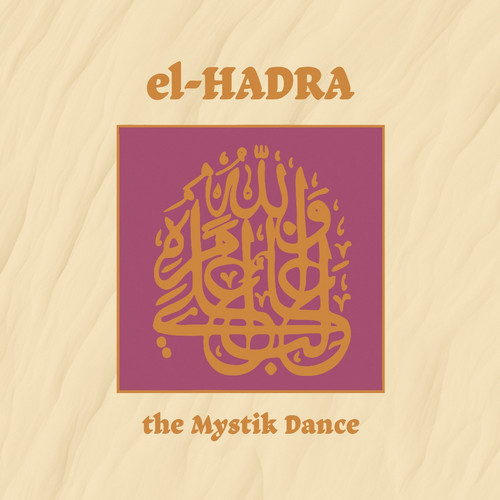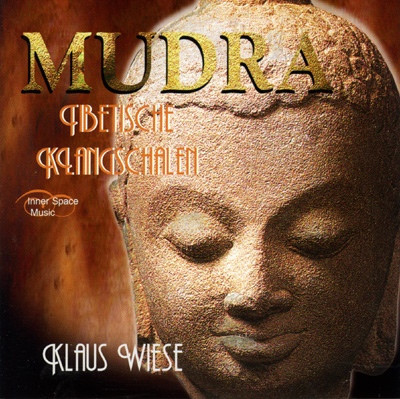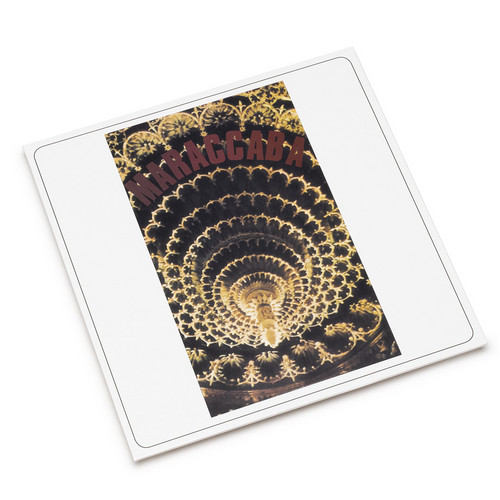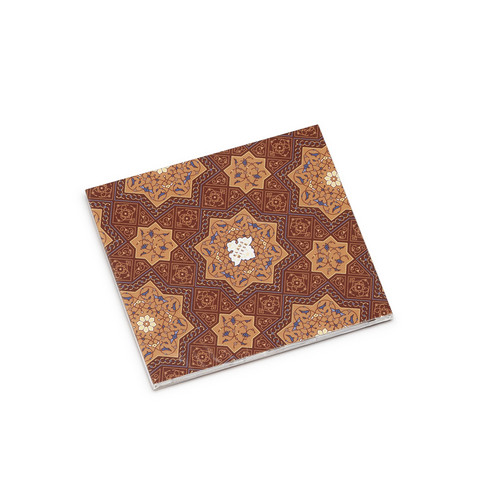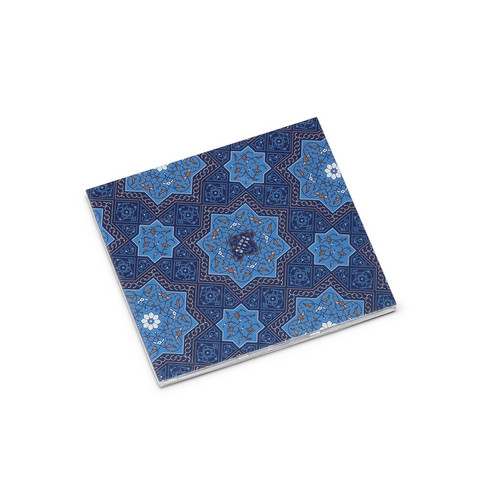Klaus Wiese
Klaus Wiese (1942 – 2009) was a veteran e-musician, minimalist, and multi-instrumentalist. A master of the Tibetan singing bowl, he created an extensive series of album releases using them. Wiese also used the human voice, the zither, Persian stringed instruments, chimes, and other exotic instruments in his music.
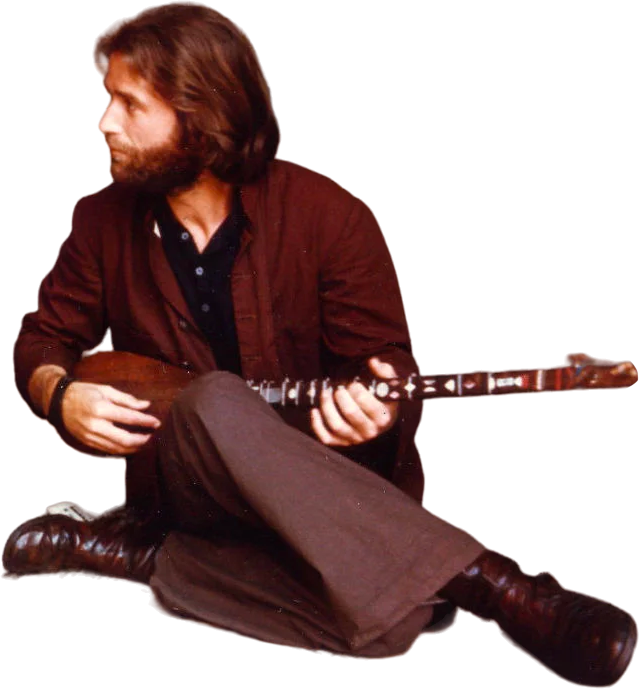
Klaus Wiese (1942 – 2009) was a veteran e-musician, minimalist, and multi-instrumentalist. A master of the Tibetan singing bowl, he created an extensive series of album releases using them. Wiese also used the human voice, the zither, Persian stringed instruments, chimes, and other exotic instruments in his music.
El-Hadra - The Mystik Dance
*100 copies limited edition* El-Hadra is more than ambient music - it’s a sonic ritual that leaves a permanent mark on the soul. This album has transformed the way many perceive sound, becoming a personal landmark for countless listeners. Originally …
Namakar
1998 release ** CD in a card sleeve held in an A5 wraparound card folder. "Mathias Grassow is a decidedly diverse performer. Most of his solo recordings fall into the electronic minimalist style. On many of his collaborations, he goes to the tribal a…
Mudra
2001 release ** "Mudra is an introspective CD made of Tibetan Singing Bowls. The sound pattern of the Singing Bowls is developed in a gliding way, to enhance the subtle vibrations of the overtones. The circular mode of the melody is meant to include …
Maraccaba
German ambient musician.He was briefly a member of the krautrock band Popol Vuh in the early 1970s where he played on the albums Hosianna Mantra and Seligpreisung. Comes in jewel case with slipcase.
Qumra II
Klaus Wiese (1942-2009) was a German musician and sound researcher. Wiese brought the teachings of Sufi Hazrat Inayat Khan to Germany from his travels in the East. His album "El-Hadra, the Mystik Dance," which he created with Mathias Grassow and Ted …
Qumra I
Klaus Wiese (1942-2009) was a German musician and sound researcher. Wiese brought the teachings of Sufi Hazrat Inayat Khan to Germany from his travels in the East. His album "El-Hadra, the Mystik Dance," which he created with Mathias Grassow and Ted …
Kalengra
German ambient musician. He was briefly a member of the krautrock band Popol Vuh in the early 1970s where he played on the albums Hosianna Mantra and Seligpreisung. Comes in jewel case with slipcase.
